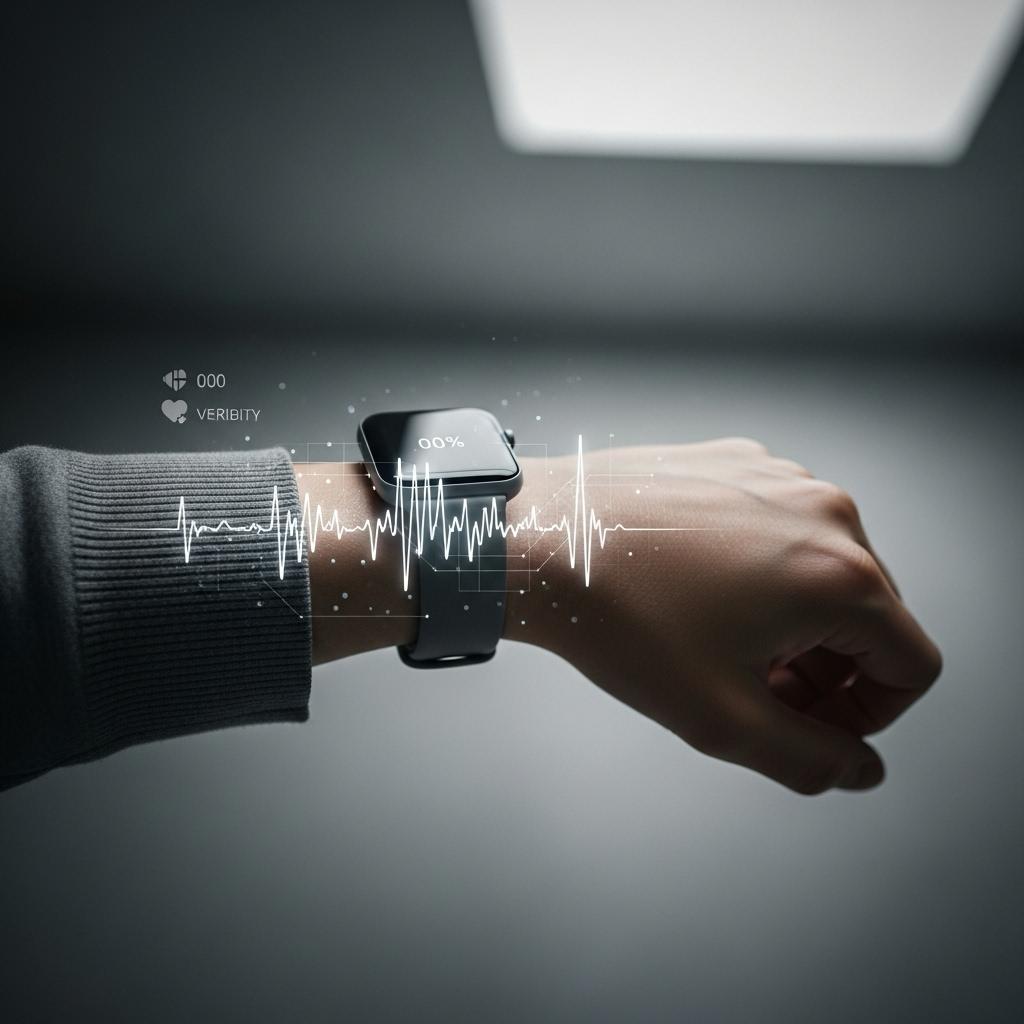Why emotional data feels more invasive than it is, and why that matters
Perception vs. Reality: What We Think Is Risky Isn’t Always What Is
At a recent Research and Ethics board meeting, one of our board members made a quiet but piercing observation: “People hesitate to share medical records but freely wear an Apple Watch, unaware of how much data it collects.”
The example is revealing. Most users don’t think of their smartwatch as an emotional data collector. But that is exactly what it is. Through heart rate variability, movement tracking, and interbeat intervals, your wearable is already mapping your stress response. It knows when you’re activated, when you’re in flow, and when you’re dissociating.
So why doesn’t it feel invasive? Because the data is framed as health. The interface doesn’t name what is actually being tracked. Optimization feels empowering. Surveillance feels threatening. This is the real issue. Risk is not just technical. It is perceptual.
The Paradox of Trust
We hesitate to share our medical history with a new doctor. At the same time, we wear biometric devices that continuously track our body without a second thought. It’s not that one is more secure than the other. It’s that one feels safer.
When it comes to emotional data, how we fluctuate, respond, and recover, our perception of risk is often the opposite of reality. The systems we trust the most are often the least transparent. The data we fear the most is often the least understood.
Why Emotional Data Feels So Sensitive, and Why It May Be Safer Than You Think
Emotional data is powerful. When decoded accurately, it can reveal how your nervous system responds to different people or environments, when you shift into dysregulation, what patterns precede burnout or fragmentation, and your baseline emotional state before your conscious mind even catches up.
But it’s important to be precise. Emotional data isn’t a diary. It doesn’t expose your past. It reveals your patterning. That distinction matters, because patterning can be observed, optimized, and returned to you as insight. It is not meant to define you, but to help you regulate in real time.
Emotional Manipulation Doesn’t Always Come From “Emotional” Tech
Many people fear that emotion AI will be used to control or manipulate them. That fear is not misplaced. But here is the paradox: most emotional manipulation happens in systems that never claim to track emotion at all. These platforms learn your triggers through engagement loops. They optimize for compulsion, not clarity. They train your nervous system to react without ever telling you they are doing it.
This is why perception matters. Not just from a UX perspective, but as a trust imperative.
How inTruth Designs for Physiological and Perceptual Safety
At inTruth, we don’t just build for privacy. We build for safety. Not safety as a legal checkbox, but as a felt experience.
That means trauma-informed consent that respects the nervous system, not just terms and conditions. It means data sovereignty that gives users full control over their emotional insights. And it means transparent emotional mapping that is based on validated science, not reductive mood labels.
We believe that if a user contracts while using our technology, we have already failed. It does not matter how strong our encryption is.
The Real Risk Isn’t Future Misuse. It’s Present Denial.
The greatest risk is not that emotion data will be used unethically in the future. It is that it is already being used, covertly and continuously, without most people’s awareness.
The difference with inTruth is not that we track emotion. It is that we name it, explain it, and return it to the user.
We make the unconscious conscious. We give people the ability to move from passive subject to active participant. That is not manipulation. That is empowerment.
Final Reflection: What Are We Really Afraid Of?
Let’s be honest. The systems that feel safest are often the least honest. The ones that tell you exactly what they are doing tend to feel risky only because they surface what we were never taught to name.
So ask yourself: are you afraid of emotion data being tracked, or are you afraid of finally understanding it?




